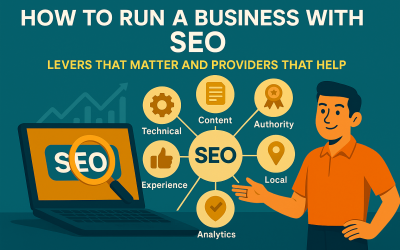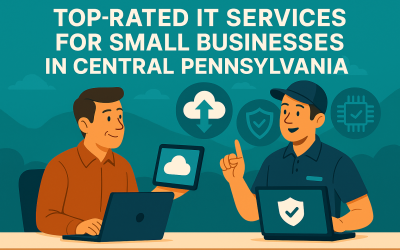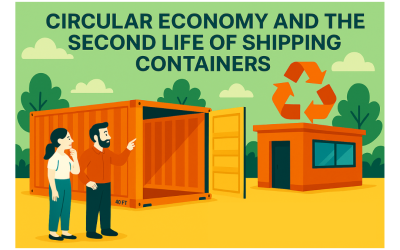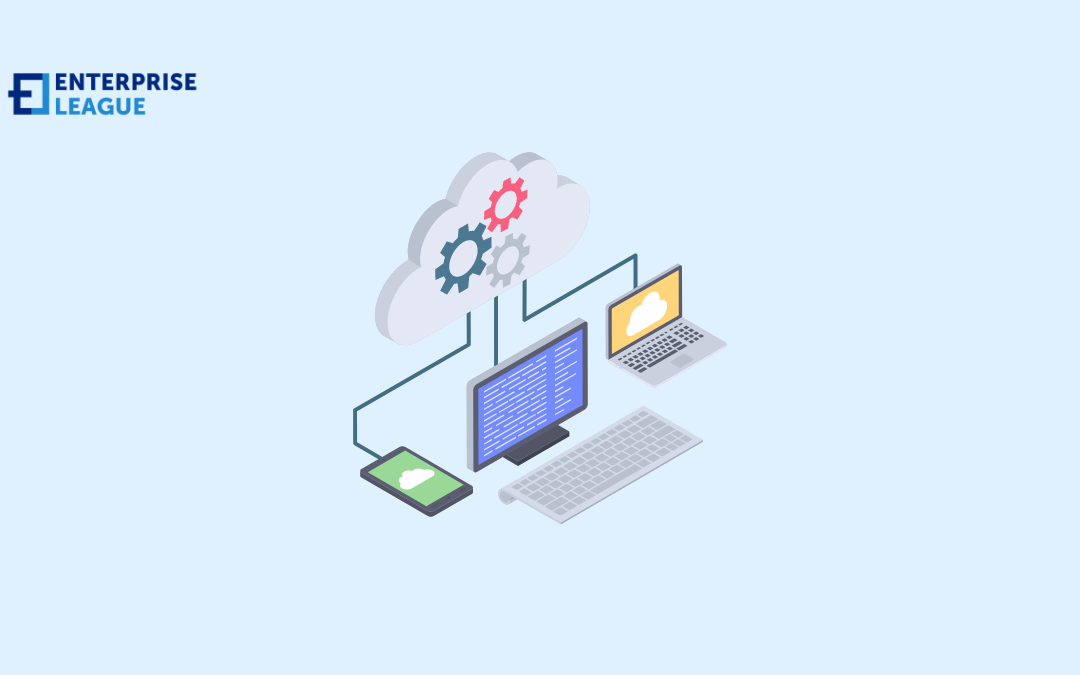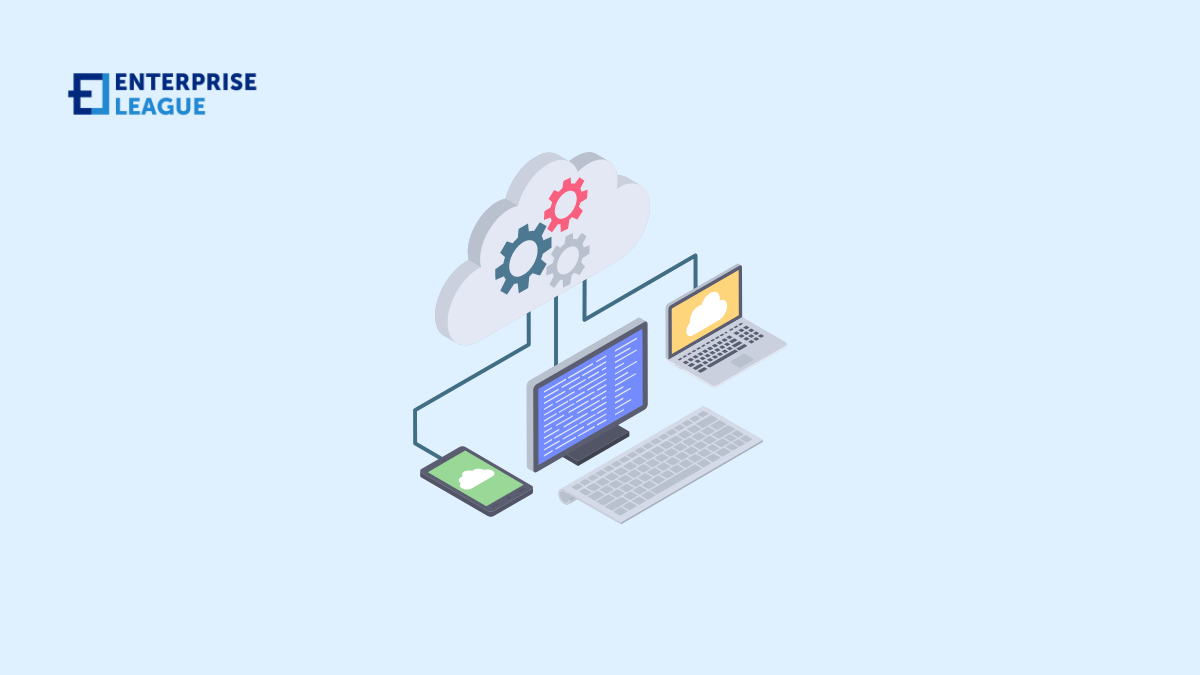Running a business with search optimization means building a repeatable growth system that attracts qualified customers from search by aligning site quality, content, authority, and measurement with revenue goals. In practice, treat search optimization as a...

Protecting your business: A guide to creating a business continuity plan
Protecting your business: A guide to creating a business continuity plan
April 11, 2023

The business environment is unpredictable, and disruptions can occur at any time. Your organization may be disrupted by natural disasters such as fires and earthquakes and even cyberattacks from hackers. It’s essential to have the ability to continue serving customers and stakeholders during unexpected events, which is why being prepared to face disruptions is crucial.
You can prepare your company to handle disruptions by developing a business continuity plan (BCP). It’s a proactive approach to risk management that helps organizations identify potential risks and threats, develop strategies for maintaining critical functions, and ensure that communication channels and protocols are in place during a disruption.
Your business probably has computing systems for data capture and analysis, communication, accounting, software deployment, and payroll processing. Outsourcing NJ managed IT services will be essential to ensure your systems are always in excellent working condition, even in the face of disasters. Ultimately, you’ll minimize downtime and recover quickly from catastrophes, which is part of the business continuity goal.
How to create an effective business continuity plan
Developing an effective BCP involves identifying potential risks and threats to the business, creating a clear communication plan, establishing data backup and recovery procedures, and regularly testing and updating the plan to ensure its effectiveness.
This guide will guide you through the necessary steps of creating a robust business continuity plan that will help your business to face any unexpected troubles.
Identify potential risks and threats
To develop a reliable Business Continuity Plan (BCP), it’s essential to evaluate and recognize the possible risks and threats that may affect your business. You’ll need to conduct a comprehensive risk assessment of your organization, including physical, technological, and human threats.
When conducting a risk assessment, involving all stakeholders, including employees, customers, vendors, and even local authorities, is essential. They can help you identify potential risks and threats you may not have considered. After identifying the risks, you can determine which ones could have the most significant impact on your business functions and processes.
If your business is significantly impacted by technological threats and you need assistance in mitigating them, you can seek help by FusionComputing to address the issue. Remember that not all risks you can eliminate, but having a plan in place can help you minimize their impact.
Determine critical business functions and processes
After identifying the potential risks and threats, it’s crucial to determine which of your business functions and processes are critical to maintaining your operations. At this point, you must consider the essential tasks and processes your business relies on to keep things moving forward. These include customer service, inventory, production, and financial management.
You can then determine the impact of disruptions on essential tasks and processes, such as financial, operational, and reputational. The knowledge will help you create a comprehensive BCP that protects your organization and minimizes the result of any disruptions.
Develop strategies for maintaining critical functions
Developing strategies to maintain critical business functions during a disruption is vital. It may involve identifying alternate processing methods and redundant systems to ensure that your operations can continue, even if your primary systems are unavailable.
You can develop plans for maintaining critical resources, such as personnel, facilities, and technology. Ensure the employee performance can continue working well, even if employees can’t access physical facilities. It might involve developing a remote work plan or identifying alternative workspaces.
Having a solid technology plan is crucial to ensure your business can keep running during and after a disruption. This includes plans for data backup and recovery, as well as communication systems with employees, customers, and vendors. This will allow for the smooth operation of your business regardless of any potential challenges that may arise.
Create a communication plan
To create a communication plan, identify the key stakeholders to notify in case of a disruption. It might include employees, customers, vendors, and others critical to your operations.
Having a well-defined and efficient communication plan is crucial when a disruption occurs to inform the necessary parties. By making sure that everyone is informed, it becomes possible to minimize the negative effects of a disruption. Consider the communication channels and protocols most effectively deliver critical information. Some communication tools that might be employed include phone, email, text message, social media, or other mediums to keep everyone informed.
It’s important to remember that effective communication requires active listening and timely response from both parties involved. As you develop your communication plan, consider how to receive information from your stakeholders. You can set up a hotline or other system for receiving feedback and updates from your employees, customers, and other stakeholders.
Test and update the BCP regularly
To test your project, you can simulate a disruption scenario and run through your response procedures. It can help you identify gaps and weaknesses in your response strategy. It also provides an opportunity to practice and refine your response procedures. Moreover, it will aid in guaranteeing that your team is adequately prepared to implement the plan in a practical situation.
You should update your BCP regularly based on your organization’s testing results and changes. They may include revising procedures, editing contact information, or making other changes to improve the plan’s effectiveness. Updating your BCP also ensures it remains relevant to your organization’s evolving needs and priorities.
Conclusion
An effective BCP can help you minimize financial losses, maintain your organization’s reputation, protect your employees, customers, and stakeholders, and ensure compliance with regulatory requirements. The BCP is not a one-time effort, it’s an ongoing process that requires regular testing and updating. So, make sure to regularly review your plan and make updates as needed.
More must-read stories from Enterprise League:
- A step-by-step guide to teach you how to write a business essay.
- Unique and creative guerrilla marketing ideas for small businesses.
- Find out everything you need to know about the 10 Ds of entrepreneurship.
- Unique and profitable drone business ideas you should be aware of.
- Pros and cons of social media for business you should be aware of.
Related Articles
How to Run a Business with SEO- Levers That Matter and Providers That Help
What Are the Top-Rated IT Services for Small Businesses in Central Pennsylvania?
Small-business owners face many challenges as their companies grow. While marketing efforts may improve and revenue increases, maintaining proper IT security can seem daunting without dedicated in-house technical expertise. Business owners looking to strengthen their...
6 Companies Shaping The Future Of Industrial Asset Tracking And Driving Innovation
Industrial operations depend on knowing where equipment, tools, and materials are at all times. New tracking systems now make it possible to monitor these assets with greater accuracy and efficiency than ever before. Looking at the companies leading this technological...
Circular Economy and the Second Life of Shipping Containers
The idea of giving products a second life has become central to modern sustainability efforts. Instead of discarding materials once their initial use is complete, the circular economy promotes continuous cycles of reuse and adaptation. Few objects demonstrate this...
What Are the Top-Rated Educational Supply Companies
Educational supply companies provide essential tools for teachers and schools to create effective learning environments. Products range from basic items like pencils and paper to sophisticated STEM kits and classroom furniture. These experienced companies offer...

